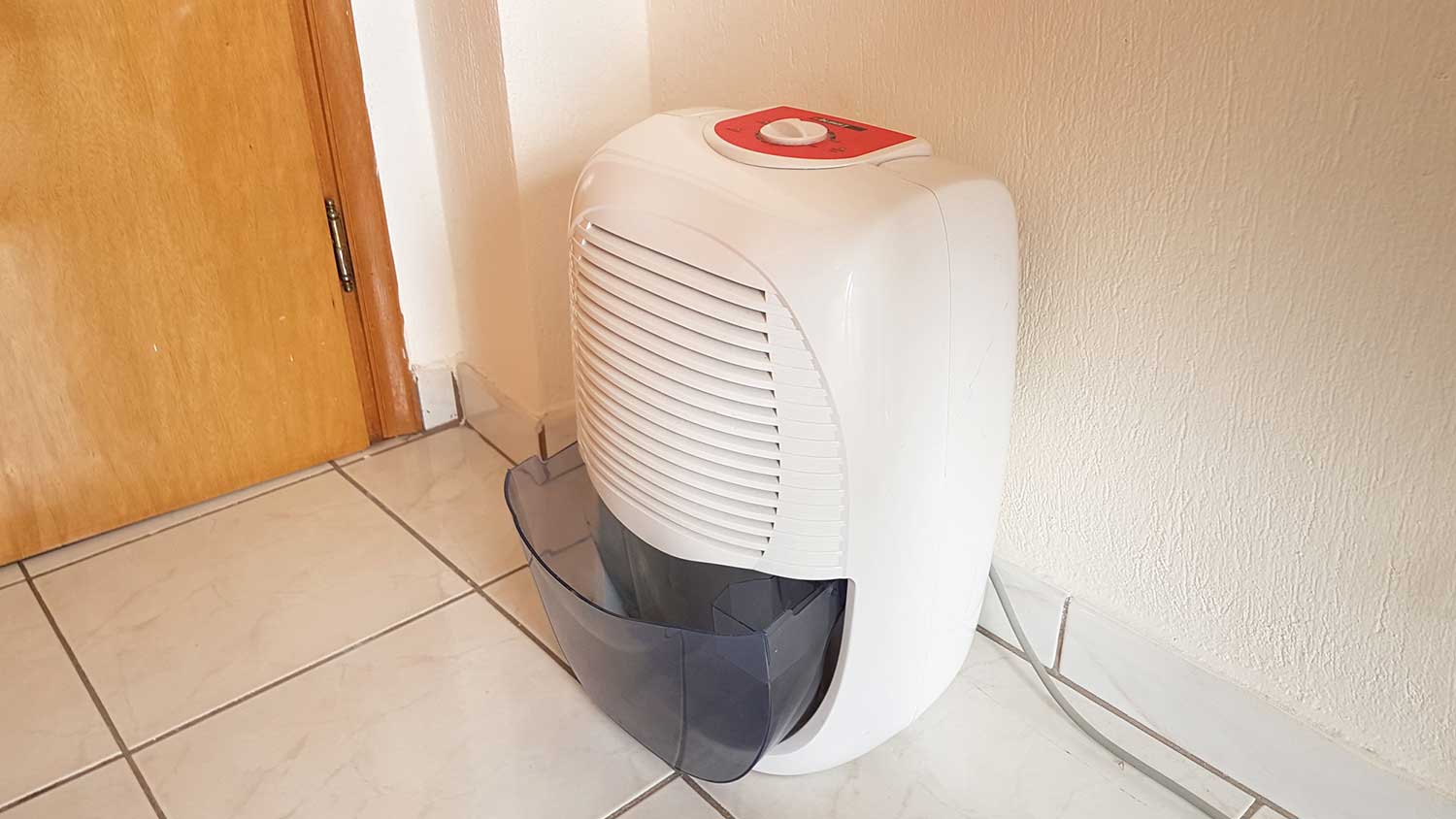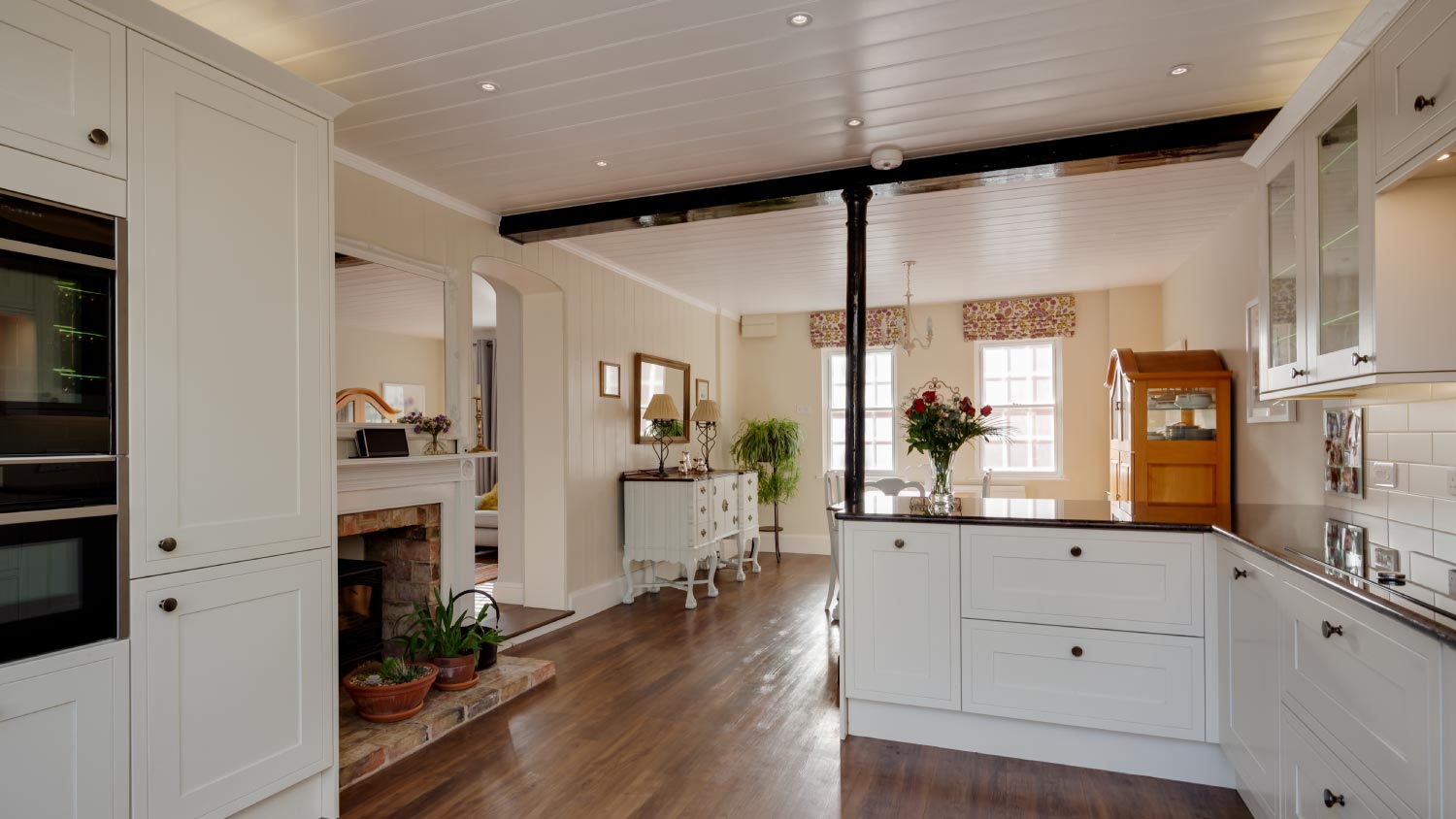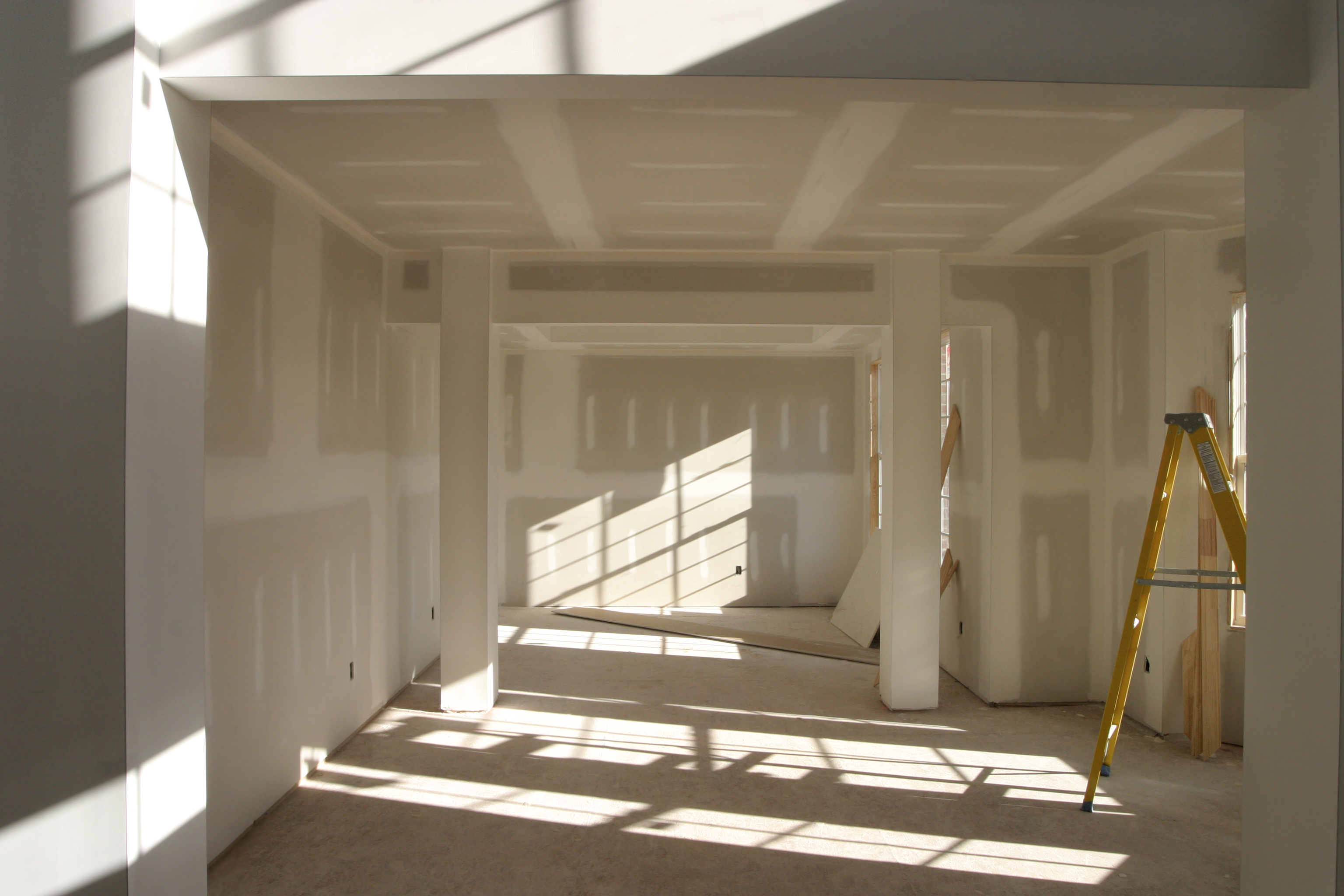
Drywall texture can create an attractive finish and add dimension to your home’s walls. This guide breaks down the factors that influence the cost to texture drywall.
These bubbles are nothing to play with


Drywall tape may bubble if it doesn’t adhere to the wall properly.
Moisture is the main cause of bubbling drywall or paint.
Underlying mold causes drywall to bubble.
There’s nothing quite like a freshly painted wall to bring new life to a room, but if the surface starts to bubble, it’s an indication that something’s wrong. Typically, this issue is a result of the drywall or paint coming into contact with moisture either behind the paint or on its surface, but there can be other reasons as well. Read on to find out three common reasons why your drywall is bubbling.
When installing drywall, it’s important to apply the right amount of mud under the tape that covers the joint where two pieces of drywall meet. If too much mud is scraped off during the mudding process, the tape won’t adhere to the drywall correctly and can lead to bubbling.
To remove bubbles from drywall tape, you can cut the bubbled tape with a utility knife and remove any loose tape. Then, reapply the mud and the tape, overlapping the original tape. Apply another thin layer of mud, making it as smooth as possible, and allow everything to dry before painting. If the area was already painted, repaint it to match the rest of the wall.
When working with joint compound, there has to be a balance between the amount of moisture in the mud and how long it takes to dry. If the joint compound has too much moisture in it, it can soak into the drywall, causing the paper layer to separate from the core, forming drywall bubbles. If air is trapped in the joint compound, it can also create a bubbling effect where the tape doesn’t adhere to the wall properly.
The best way to fix this issue is to ensure the joint compound is mixed correctly and isn’t too wet. You can also make sure that the coat is smooth and you haven’t pressed too hard on the tape which can rip it and allow air bubbles to form when the second coat is applied.
If you’re applying joint compound to a painted wall to repair the drywall or cover cracks or other imperfections, the paint acts as a barrier and won’t allow the moisture to absorb as it would with unpainted drywall. When the joint compound dries, bubbles will form on the surface.
Fixing this issue requires more attention to detail than applying joint compound on fresh drywall. To avoid this issue, you can lightly sand the wall, apply a very thin coat of mud to the painted wall, and then allow it to dry before applying a second coat. A third coat applied thinly might be necessary to create the final finished look.

If your drywall is bubbling in areas that aren’t along the seams, the paint may be the problem. Paint in a kitchen or bathroom is more prone to bubbling because these areas are more humid than other areas in the home. The moisture from the humidity can cause the paint to lose adhesion and start to separate from the wall, making it look like the drywall is bubbling. This issue can be exacerbated if you run the shower or bath too soon after painting, which will prevent the paint from fully drying.
While you can’t fully protect walls from humidity, you can run the bathroom fan or add a dehumidifier to reduce the amount of moisture in the air. To remove the drywall bubbles, you can scrape the paint off of the surface, allow the area to dry thoroughly, and then repaint it, allowing the paint to dry completely. You can also call a local drywall repair pro to assess the damage and fix the issue.
When drywall or paint is applied over mold, it can cause the surface to bubble. If this is the case, it’s important to identify the location and causes of mold to remove it. Call a local mold remediation specialist to help you manage the situation safely.
A local mold removal pro will take proper precautions and wear the proper gear to protect themselves when working with mold. They will identify the mold’s location and the cause. Then they’ll remove paint from the affected area, clean and disinfect the area, and repaint it as needed.
Wondering “why is my drywall bubbling?” It may be the paint that’s bubbling, not the drywall. If your surface wasn’t prepped properly before painting, this is the likely culprit.
For paint to adhere to drywall, the surface must be completely clean and free of dust, dirt, grime, or grease. If the surface isn’t cleaned properly, the paint may start to bubble because it can’t fully adhere to the underlying surface. Painting over old or peeling paint can result in a bubbling effect as well.
Preventing paint bubbles is easier than fixing them. So, before you begin a painting project, clean the surface thoroughly and then let it dry completely (overnight if possible). If it’s too late for that and the paint is already on the wall and dry, scrape off the bubbled areas with a putty knife and reapply the paint after properly preparing the wall.
If you suspect that the drywall bubbling is the result of underlying mold issues, then calling a mold removal specialist or drywall repair company should be your first step. If you believe the drywall bubbling to be the result of exposure to moisture or humidity, try removing the paint and applying a few new coats, and then monitor the area for any further issues before calling in the pros for help.
Cancelled appointment two hours after they were supposed to come for drywall work.
Window Depot did an amazing job on my deck. I wasnt sure what I wanted to do, but their composite decking was affordable and will last a long time. I am excited to have family over, and I am no longer embarrassed by my backyard. Jeff and the ground crew were polite, respectful, and caring for...
We used Unique Hardwood Floor LLC three years ago to work on the floors of a 70 year old home that needed a great deal of work. Some floors needed repairs, some were replaced and others just needed to be refinished. It was a complicated job as they needed to blend the old and the new to...
Involved an extensive bathroom remodel, including removing tub & installing walk in shower, new drywall, custome tile work to ceiling, plumbing, etc. Overall, job was done on time and on budget. Nick & his team were very professional and had high attention to detail. Quality was great. Highly...
Fred and his partner did an excellent job and they finished in two days. They replaced the drywall and it is flawless. Fred's workmanship is top notch. Fred is also practical and reliable. He also does hardscaping and can do other types of home improvement projects.
They did really extensive work and did an amazing job. It took about six months altogether, but they did a very good job for our waterworks. Our neighborhood has a lot of older houses that have a kind of like a low basement, and ours was unfinished, and won't do with semi-finished and not in...
I've been around the block myself many times and know most of the lingo, angles, tricks and traps of contracting work on a home. And, I've taken the community school contracting licensing classes and heard contractors discuss openly and candidly trade practices and tales both good and bad. ...
Excellent work; great attention to detail; makes good suggestions but always goes along with what the customer requests; clean and tidy; intelligent; very reasonable rates. I would definitely hire him again for other home projects. He can do a variety of different jobs including: drywall,...
From average costs to expert advice, get all the answers you need to get your job done.

Drywall texture can create an attractive finish and add dimension to your home’s walls. This guide breaks down the factors that influence the cost to texture drywall.

Whether you’re trying to keep noise in or out, soundproofing materials are the way to go. Use this guide to see how much it costs to soundproof a room.

Installing beadboard ceilings is a great DIY project. Learn what to expect cost-wise from this project, whether removing or covering a popcorn ceiling.

How long does drywall mud take to dry? In most cases, you need to wait at least 24 hours before moving to the next step of your project. Read on to learn more.

When choosing between types of drywall mud, you need to consider your project and how quickly you can work. Use this guide to help you select the best drywall mud for your project.

Hanging and finishing drywall can be hard work if you don’t have experience. These professional-level drywall mudding tips make the project easier.